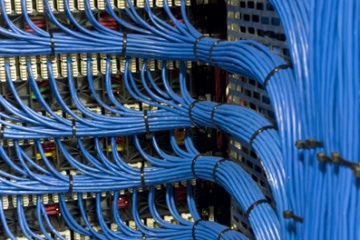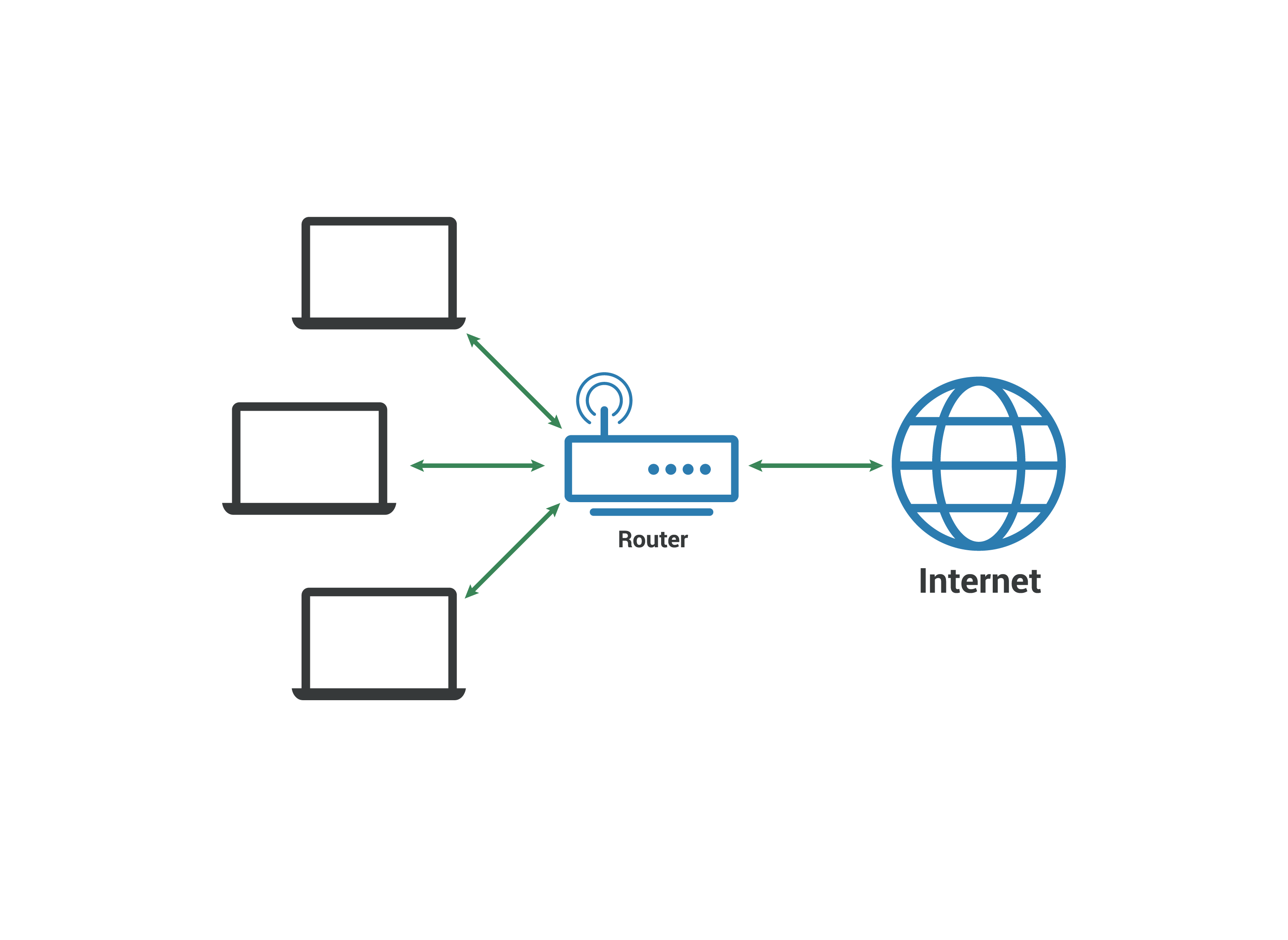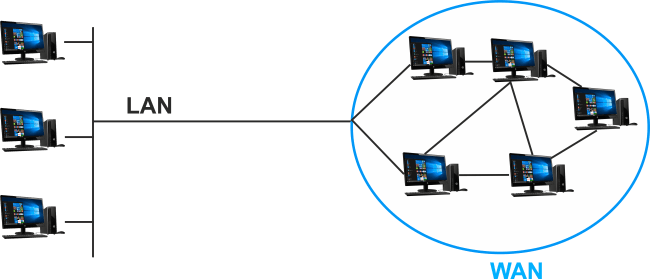Benefits of Computer networking in modern civilization
Computer networking is a feature of today’s technology that
greatly impacts the economy. It plays a role, in helping businesses operate
efficiently and expand their reach to customers worldwide. Additionally, it
fosters communication and collaboration among researchers and educators leading
to groundbreaking discoveries and advancements. In our lives networking has
become indispensable, for staying connected with loved ones shopping online and
enjoying our TV shows. Likewise in the workplace networking enables us to
access files and applications collaborate effectively with colleagues and
engage with customers in a manner.
What is networking?
The practise of joining two or more computers so they may exchange resources and communicate with one another is known as computer networking. Numerous media, such as wires, cables, radio waves, and infrared light, can be used for this. The area of computer science known as computer networking is
concerned with the design, construction, upkeep, and security of computer
networks. It combines telecommunication, computer science, and computer
engineering.
The technology which is used to exchange the data between small and large information. This technology can be used in educational institutions as well as businesses. Network technicians know the installation; configuration & troubleshooting of the network technology and this can be used to send digital data like audio, data and visual files. By using networking, users can send messages, files through e-mail or other channels based on the organization’s requirement.
Here are Two types of computer networks.
LAN - A LAN refers to a computer network that comprises access points, cables, routers and switches. Its purpose is to facilitate the connection of devices, to web servers and internal servers within a building, campus, or home network. On a LAN devices like computers and workstations can easily share files and access each other through an Internet connection.
LANs almost always use Ethernet, Wi-Fi. Ethernet is a protocol for physical network connections that requires the use of Ethernet cables. Wi-Fi is a protocol for connecting to a network via radio waves.
WAN - Wide-area
network (WAN) is a collection of local-area networks (LANs) or other networks
that communicate with one another. A WAN
is essentially a network of networks, with the Internet the world's largest WAN.
A big computer network spanning a great distance geographically is called a wide area network (WAN). WANs are frequently used to link institutions, enterprises, and organisations with various locations. They can also be utilised to establish connections amongst people who live in various parts of the globe.
Difference between public and private networks.
Public and private networks are two distinct types of
networks that differ in terms of ownership, access control, and security
measures.
Public network - Anyone can access public networks and their resources and services without restriction. The internet, mobile data networks, and Wi-Fi hotspots in public areas are a few examples of public networks. Users of public networks can connect from any location with an internet-enabled device, making them convenient and flexible. Nevertheless, as data sent over a public network is susceptible to interception and possible misuse, this openness comes at the sacrifice of security.
Private network - Private networks, on the other hand, are restricted to
authorized users, typically belonging to a specific organization or
institution. Private networks include those found in homes, offices, and
educational institutions. Passwords, encryption, and firewalls are examples of
access control measures used by private networks to protect sensitive
information and stop illegal access. Confidential information is safeguarded,
and security is improved by this regulated environment.
The advantages of computer networking
Resource sharing - Computer networks allow for efficient sharing of resources such as printers, scanners, and storage devices. This eliminates the need for multiple copies of expensive hardware, reducing costs and maximizing resource utilization.
Improved communication and cooperation - Regardless of a group's or individual's geographical location, computer networks facilitate easy communication and cooperation between them. They enable remote access to information and resources, file sharing, video conferencing, and real-time messaging.
The disadvantages of computer networking
Cost -The setup and upkeep of a computer network can be costly. This covers labour, cabling, software, and hardware costs. There are also continuous expenses for upgrades, maintenance, and security.
Security - Malware, viruses, and hacking are just a few of the security risks that can affect computer networks. These dangers have the ability to corrupt or destroy data, steal private information, and interfere with network functions.
In general, computer networks are necessary for our contemporary lifestyle. They give us access to resources, facilitate collaboration, communication, and information sharing that was previously unattainable. Computer network technology is always altering to adapt to consumers' and businesses' shifting needs. Emerging technologies like software-defined networking (SDN) and 5G are commonplace. In the years to come, these technologies have the potential to completely change the way we network.



Comments
Post a Comment